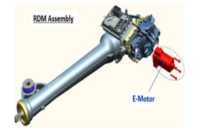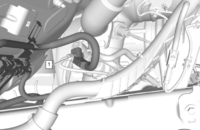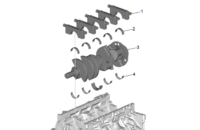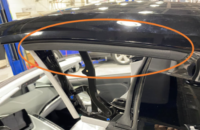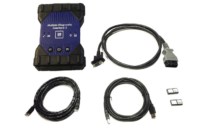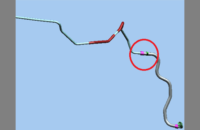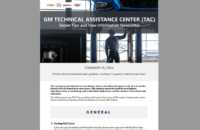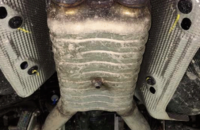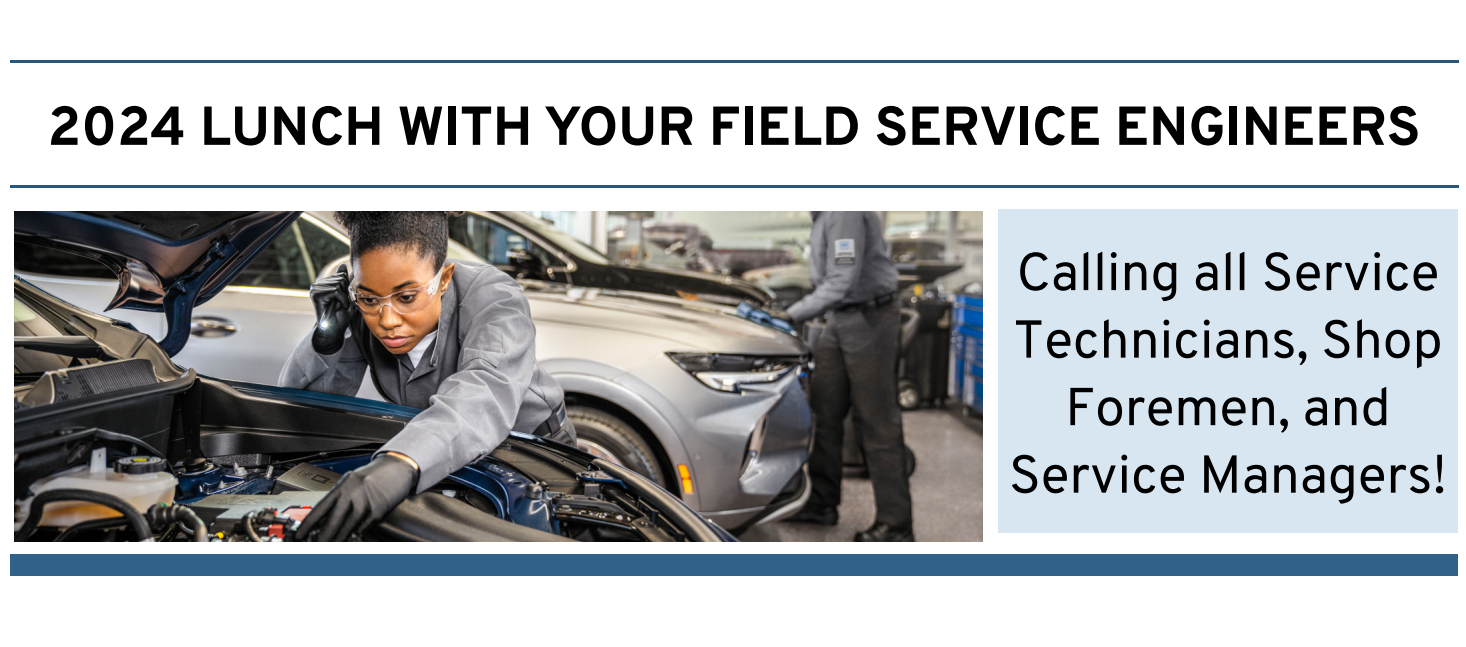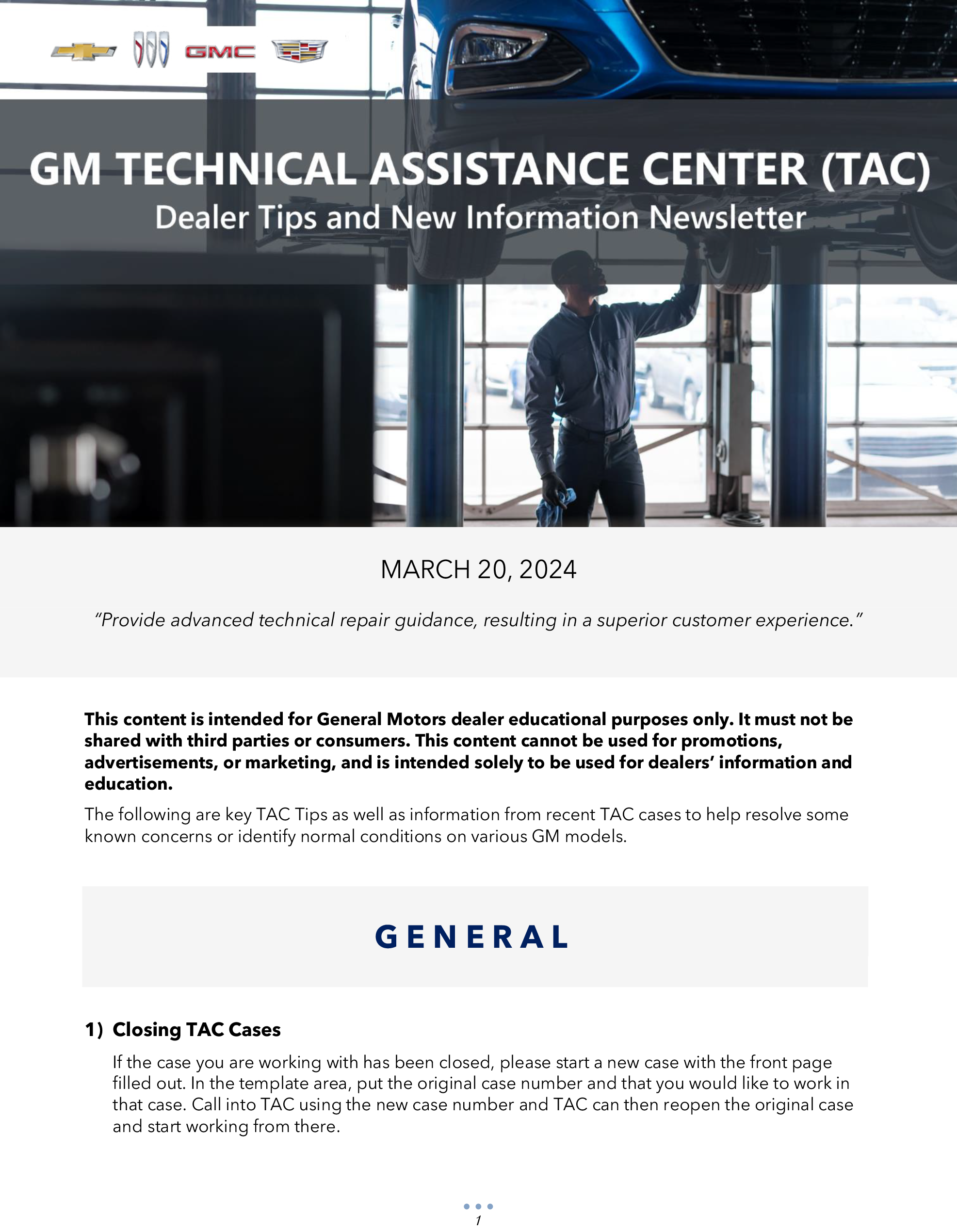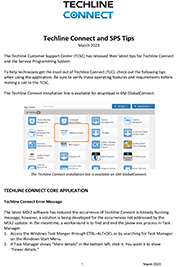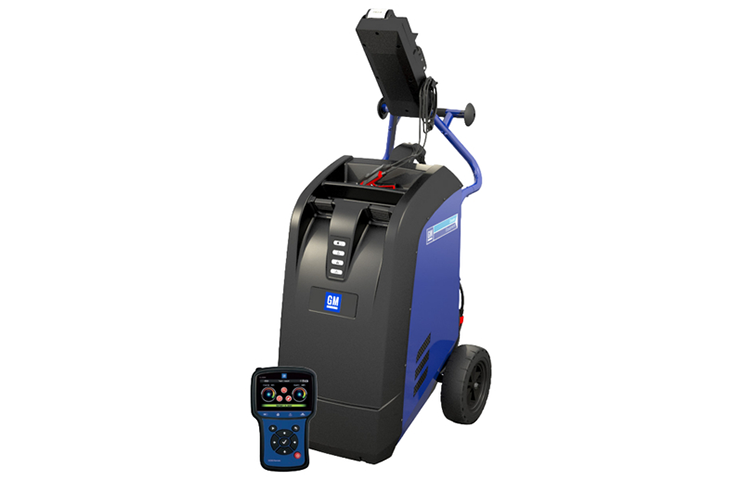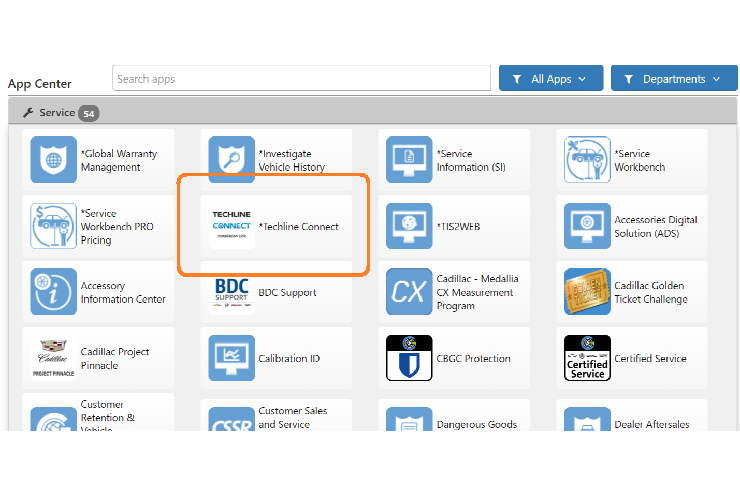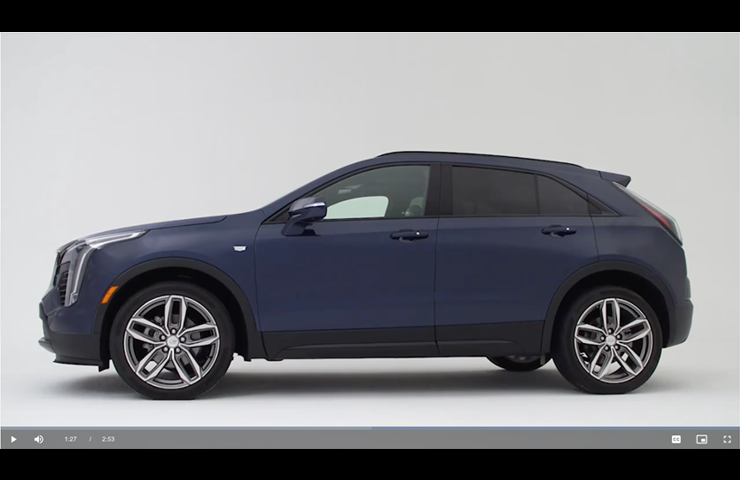When replacing an engine due to internal damage on 2019 and prior GM passenger cars and trucks, extreme care should be taken when transferring components from the failed engine to a new GM Genuine Parts service engine.
Any components transferred from a failed engine must be cleaned and inspected prior to installation onto the new engine. Damage can occur to the replacement engine if the intake manifold is not properly cleaned or replaced if necessary or, in the case of a damaged catalytic converter, if debris is drawn back into the engine.
Internal Damage
Internal engine damage may have resulted in the potential discharge of internal engine component debris into the intake manifold from any broken pistons or bent, broken, or missing intake valves. Broken valves and pistons as well as piston-to-cylinder head damage all create material debris that scatters throughout the induction system.
After removing the intake manifold from the damaged engine, inspect all of the cylinder head intake ports to see if the valve heads are still present and not bent. Usually when the valve heads are missing or sufficiently bent, internal engine component debris will be present to varying degrees in the intake port of the cylinder head. If there is any debris present in the throttle body opening (Fig. 10) or any of the cylinder head intake ports (Fig. 11), the intake manifold should be replaced.
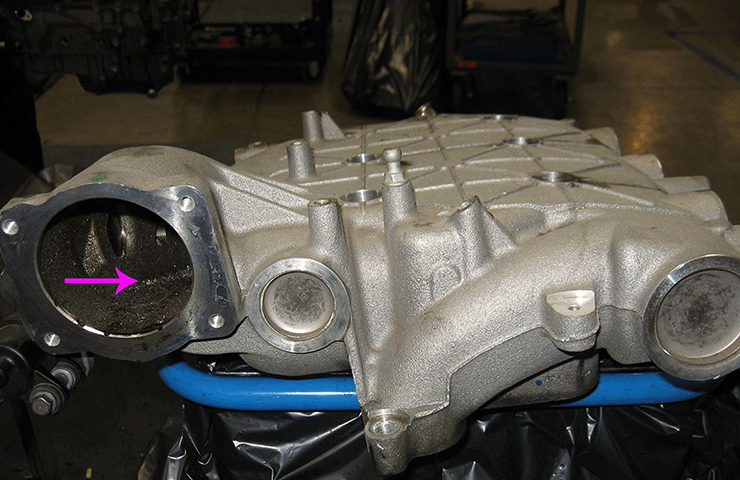 Fig. 10
Fig. 10
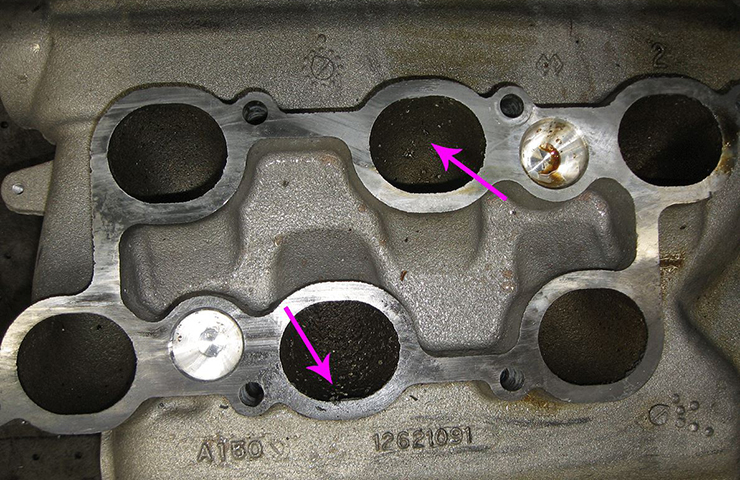 Fig. 11
Fig. 11
Complex Configuration
The complex inlet runner and plenum configuration of most of the intake manifolds make thorough and complete component cleaning difficult. (Fig. 12) In addition, it is nearly impossible to verify the complete removal of debris due to the complex configuration, making replacement a requirement if any debris is present.
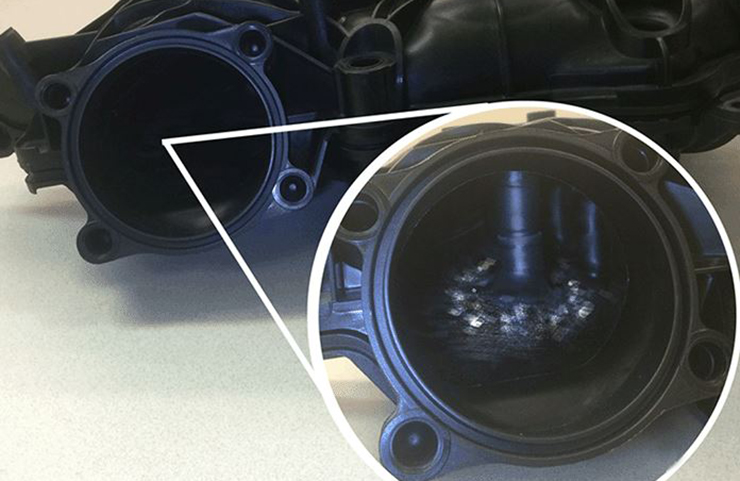 Fig. 12
Fig. 12
Looking at an internal view of the plastic intake manifold lower half (the plastic intake manifold cannot be disassembled), the intake port to cylinder head opening (Fig. 13, #1) is just one of several areas where debris can collect.
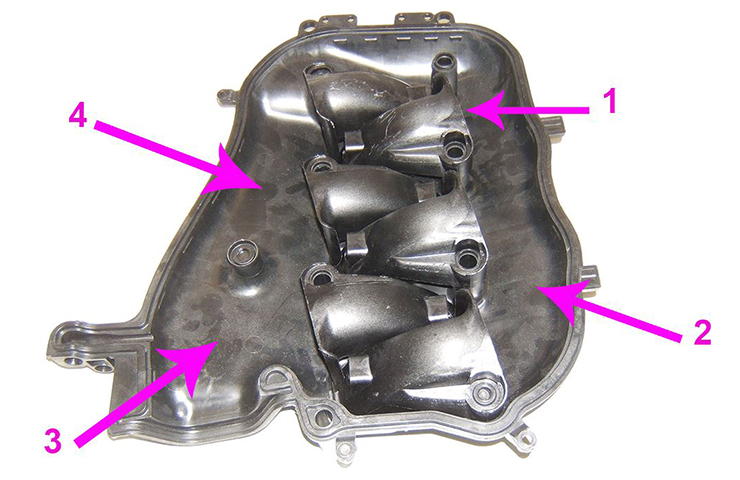 Fig. 13
Fig. 13
Reinstallation of an intake manifold removed from an engine with deposits of internal engine component debris may result in the ingestion of any remaining debris into the new service engine, which will lead to damage or potential failure of the new service engine long block.
Catalytic Converter Failures
When catalytic converter failures occur and the inner brick becomes plugged and breaks apart, the catalytic converter material can be drawn back into the engine during valve overlap and transfer throughout the intake manifold and into the cylinder. Any such material transfer can cause heavy wear to piston rings and cylinder walls. In addition, misfires and oil consumption are the byproducts of ingested catalytic converter material into the combustion chamber and cylinder bores.
For additional information on engine replacement after engine damage, refer to the latest version of Bulletin #00-06-01-026.
– Thanks to Larry Yaw





